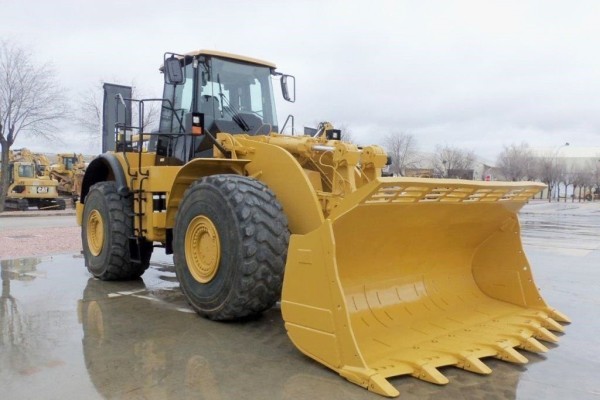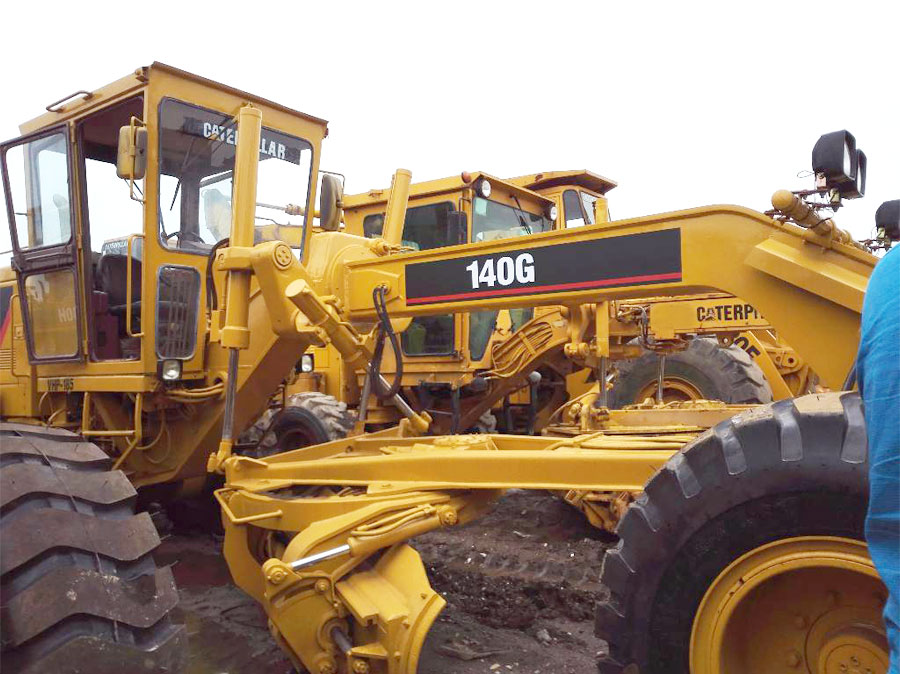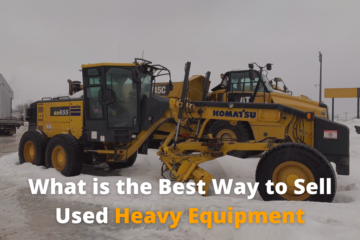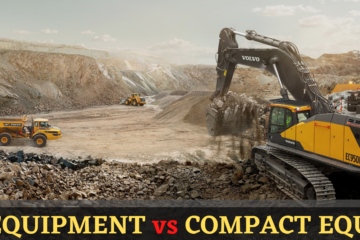How to Inspect a Used Wheel Loader – A Mico Equipment Guide
Key Inspection Points:
● Center Pivot
● Linkage Pins
Inspection Questions About Used Construction Equipment
Customers often ask inspectors at Mico Equipment to identify the key inspection points – or checklists – that would help them quickly identify the best way to inspect their equipment.

While there are many points to consider for different construction equipment machinery that experts at Mico Equipment recommend and use on a daily basis, a few quick and easy ways to identify red flags in your equipment always go a long way in ensuring that your investments are safe.
However, before you even begin to think about the checklist, you should do a general walk around the Wheel Loader. It is surprising how many times people skip this step. It is usually in this initial scan of the equipment that many hidden, as well as a few obvious, things jump out. For instance, the wear and tear of the tires, hose leakages, plates on the frame, bucket wear, and cylinder leaks.
Once you’ve got that taken care of, note them down on a paper, and categorize them for further inspection as mentioned in the next section.
Now it’s time to take it a step further, and deeper. Here are a few key points to consider after you have conducted a thorough walk around inspection of a used Wheel Loader.
Step-by-Step Guide on How to Inspect a Used Wheel Loader
Learn what the key points are to inspect a used Wheel Loader before you buy
Tires and Wheels
Engine
Compartment
Transmission
Hydraulics
Linkage
Center Pivot
Bucket
Structural
Cab
Structural
Final Checks

Tires and Wheels
Look out for significant cuts on the tires. This is Safety Hazard 101. Even the general walk around around the heavy construction equipment should raise red flags on this point. However, cuts aren’t the only safety hazards to look for in tires.
1. If you need to figure out whether there is a tearing of the interior liner in a tire, then look for a ripple on the sidewall.
2. Check the Wheel Rims
3. Check Tire Pressures.
4. Check for missing or loose Wheel nuts and bolts.
Check the Fluid condition
1. Check for Levels of Engine Oil, Hydraulic Oil, and Antifreeze Oil.
2. Check the Belts (Safety Hazard)
3. Lookout for Leaks (Fire Hazard)
Check Transmission Oil Levels
1. Check the Oil Condition
2. Check for Leaks

Check for all Cylinder Leaks
1. Check for all Hoses Leaks
2. Check for leaks in the Hydraulic Pump
3. Check for leaks in the Axle Seals
Check the Boom Pins
1. Check the Tilt Cylinder Pins
2. Check the Tilt Rod End Pins
3. Check the Boom Cylinder Pins
Check for condition, movement, and greasing for all of the above.
Check for Grease Fittings
1. Check for vertical alignment of the top and bottom pins
2. Check for excessive movement of the pins
First and foremost, check the Bucket Yardage.
1. Check the Digging Edge and Plates
2. Check the Teeth
Check the Frame for Cracks
1. Check the Radiator Grill for Cracks
2. Check the Air Intake Inlet for Damage.
3. Check for Wear Damage Underneath the Frame
Check the condition of the Access Ladder to the Cab
1. Check if the Safety Lights, Blinkers, and Flashers are in working order
2. Check the Windows and Mirrors for cracks and Alignment
3. Check the Gauges, Air Conditioning, and Wipers
4. Check the Seats
Check the Brakes
1. Check the Throttle
2. Check the Transmission
3. Check Loaded Bucket performance
4. Check for Backup Alarm

Engine Compartment
Transmission
Hydraulics
Linkage
Center Pivot
Bucket
Structural
Cab
Operational
Final Checks
For final checks, get the history of the equipment, and where possible, enquirer from the seller about complete maintenance history of the Wheel Loader.
Never settle for just hours on the loader. Looks can – and in this case, they mostly are – being deceiving. A used Wheel Loader with a mere 500+ hours on the job can easily perform like it’s been grinned for 5,000+ hours; and the opposite is just as true.
Ask as many questions as you can. Get a fellow equipment expert(s) to accompany you for inspections. The more care you take pre-buying stage, the better the results in the long run.


